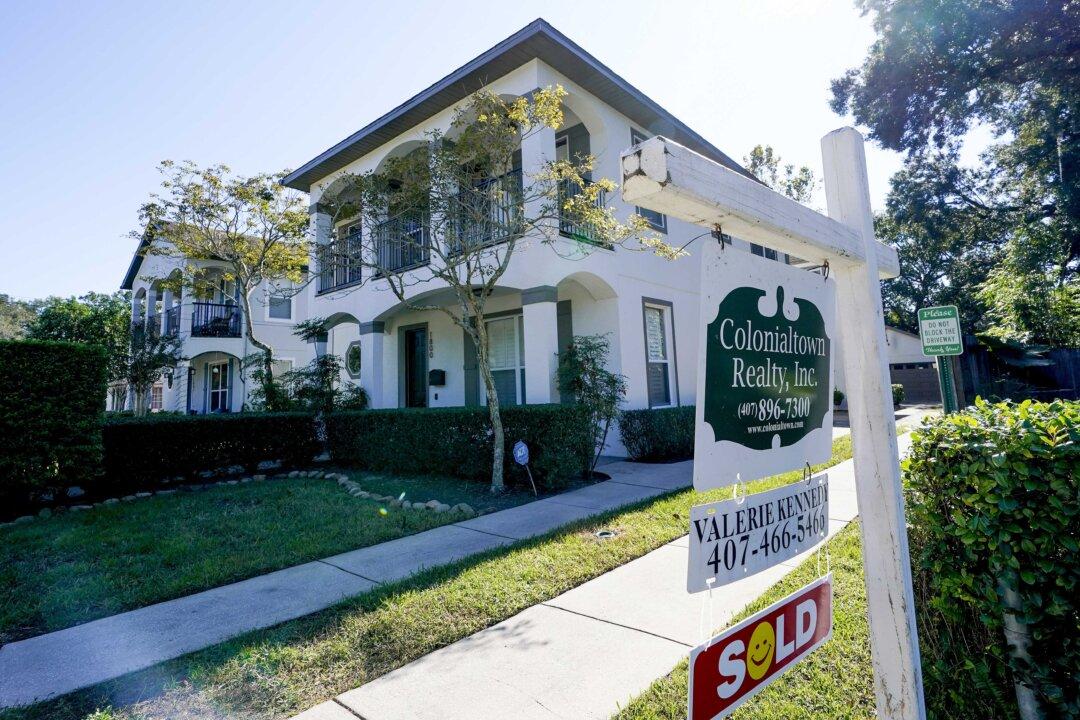Sales numbers for new homes in November have shown a fall of about 14 percent compared to the previous year. The rising prices are attributed to low inventories of existing homes, a shortage of building materials, and persistent supply chain disruptions.
Although the sales for new homes have risen 12.4 percent from October, it is a significant downward revision of October 2021 numbers from 745,000 to 662,000, according to the U.S. Census Bureau count. November new-home sales of 744,000 fell below analysts’ expectations of around 766,000, based on the latest report (pdf) published Thursday.





